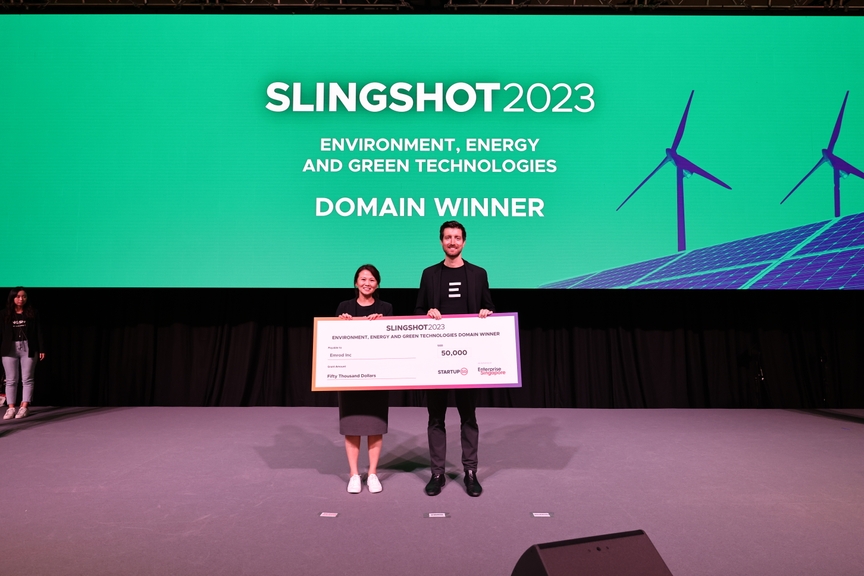A Space-Based Wireless Power Beaming Architecture for Renewable Energy Transition

On May 25th, 2023, EMROD presented at the 2023 Global Space Conference on Climate Change (GLOC23) in Oslo, Norway. The team also released a paper with the same title, co-authored by Greg Kushnir, Avinash Rao, Rick Hodgson, and Ray Simpkin. Find the abstract of the paper below and request the full paper here.
Abstract: A Space-Based Wireless Power Beaming Architecture for Renewable Energy Transition
The path to worldwide carbon neutrality requires a rapid transition to renewable energy. Since the year 2000, global installed renewable energy capacity has increased approximately four-fold, with much of the increase occurring in the last decade. Resulting mismatches between supply and demand from renewable energy sources due to their temporal generation variability are well known, and there are many global efforts developing storage solutions to smooth out these variabilities. This work proposes an alternative means of resolving this issue, using a novel space-based wireless power transmission system to connect renewable energy generators and consumers around the globe. Such a system could enable more optimal placement of generation assets, help match supply and demand, and accelerate the energy transition.
Based on energy usage patterns and an identification of high-yield solar and wind locations, a use case is chosen consisting of three pairs of generation and consumption locations. These locations have an average electricity price differential of 13.7x and average longitudinal separation of approximately 90 degrees, meaning that peak solar generation in one location coincides with morning/evening demand in another. A space-based microwave power transmission architecture, Emrod’s Worldwide Energy Matrix (WEM), is then described which could serve this use case, along with many others. The architecture comprises a series of terrestrial transmit and receive antennas, connected via a space-based constellation of relay spacecraft utilizing Emrod’s proprietary microwave power transmission technology to perform wireless power beaming.
A parametric techno-financial model and optimization is created to assess the technical and financial performance for the example use case. The model estimates the end-to-end efficiency of the WEM network based on input parameters such as antenna configuration, RF frequency, orbital altitude and transmit/receive locations. The optimization results show that end-to-end efficiency of approximately 25% is achievable with a network of between 10-30 relay spacecraft in an equatorial orbit of between 4000 and 6000 km, each with antenna radius of 250m and transmission frequency of 10-20 GHz. Based on this efficiency and the relevant price differentials, it is shown that net revenue of approximately $215m per GW of input power can be achieved, which can justify large capital expenditure on such a system. These figures imply that WEM can provide a revolutionary new way to connect optimal generation locations to large markets, unlocking new renewable generation and helping to solve the inherent temporal mismatches between solar energy generation and demand.
Request a copy of the full paper here.
Watch video of EMROD's Technical Presentation at GLOC 2023:


